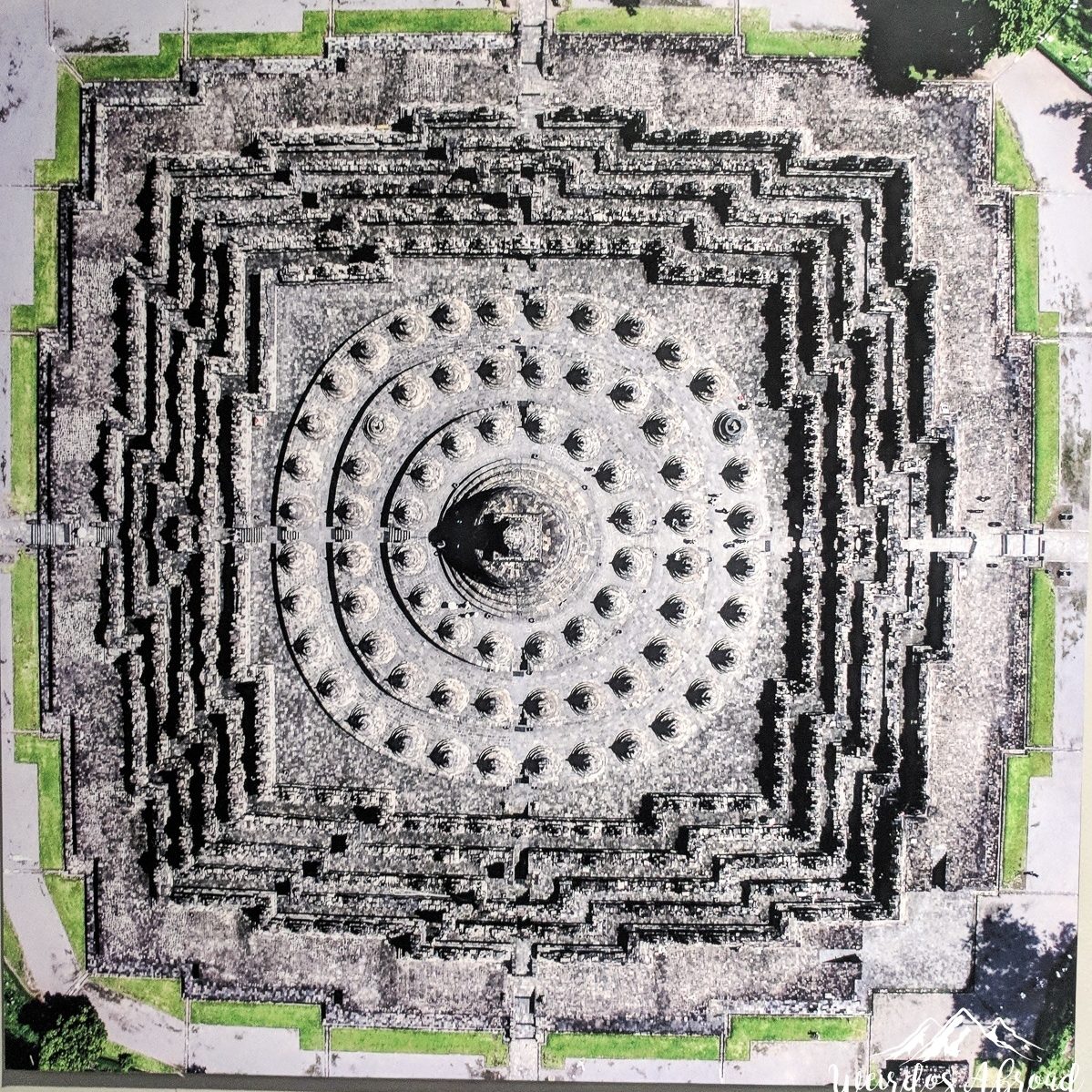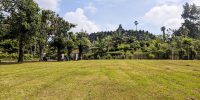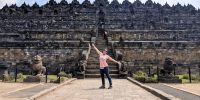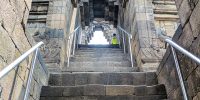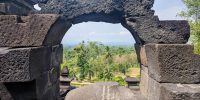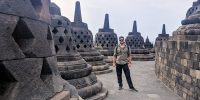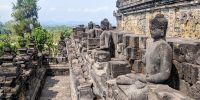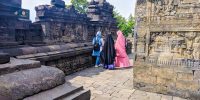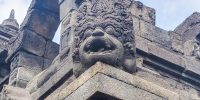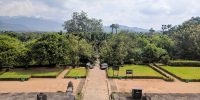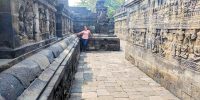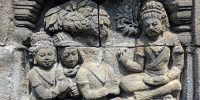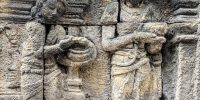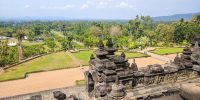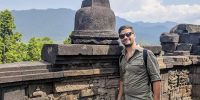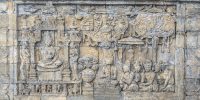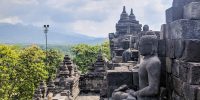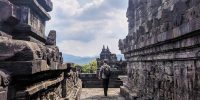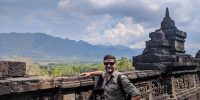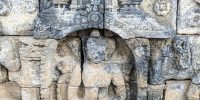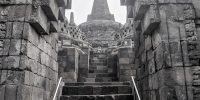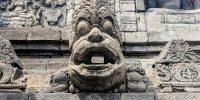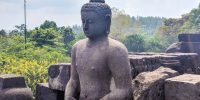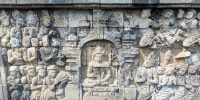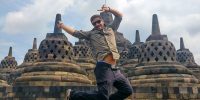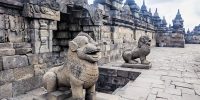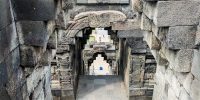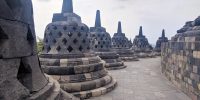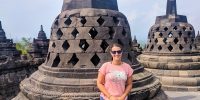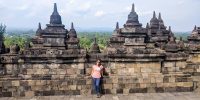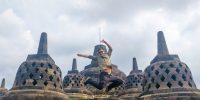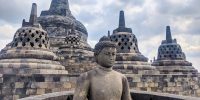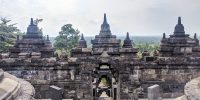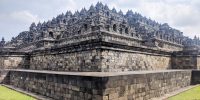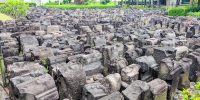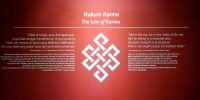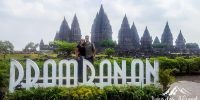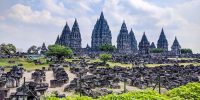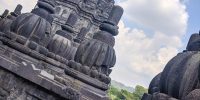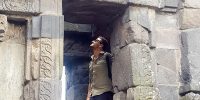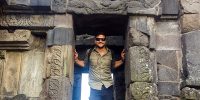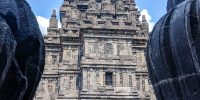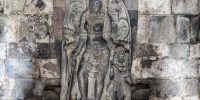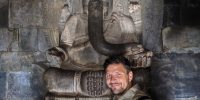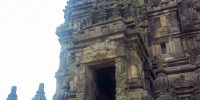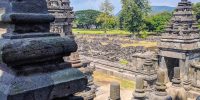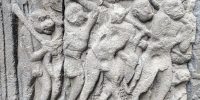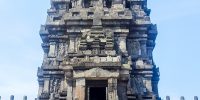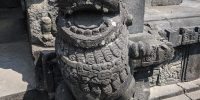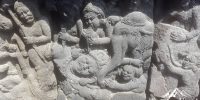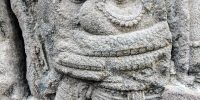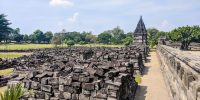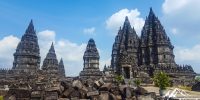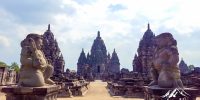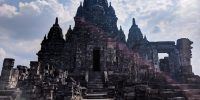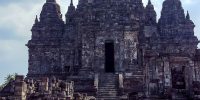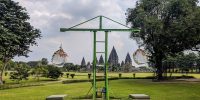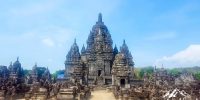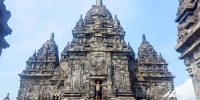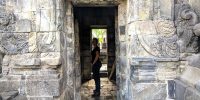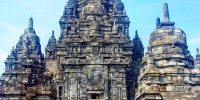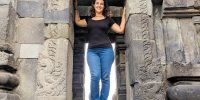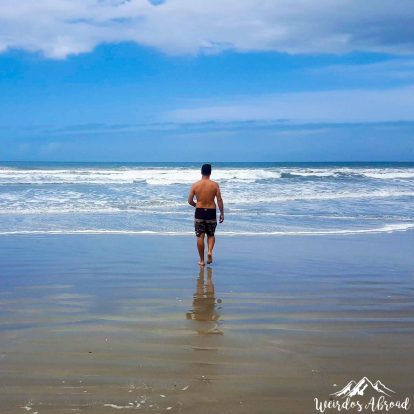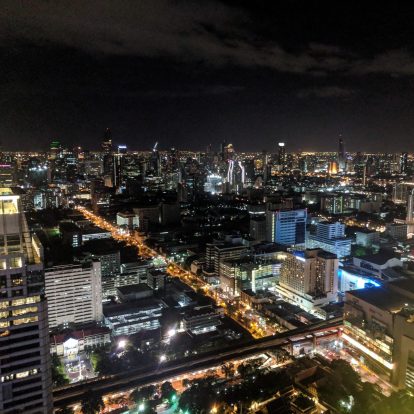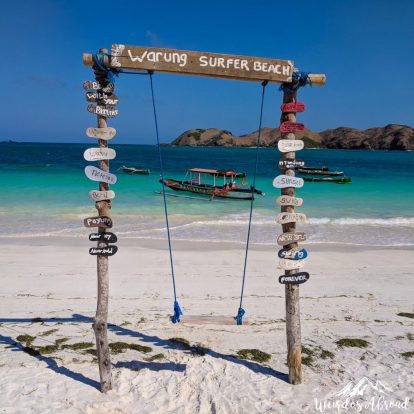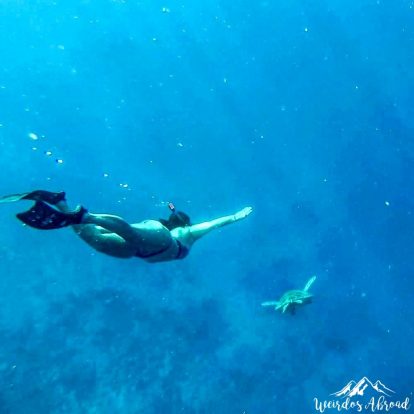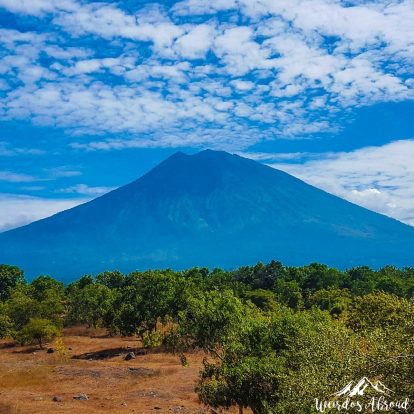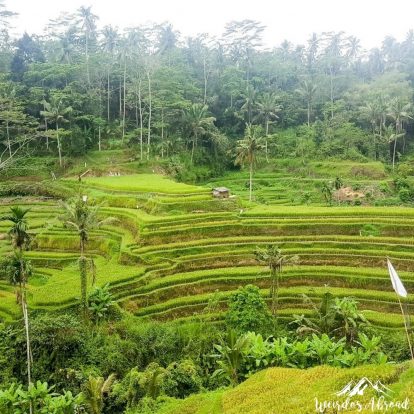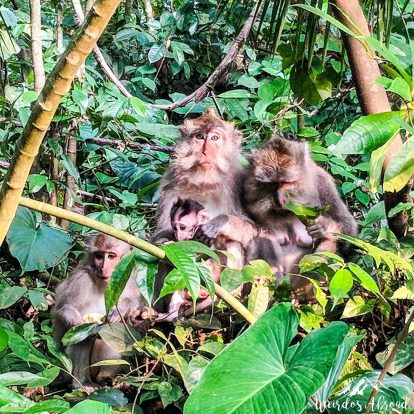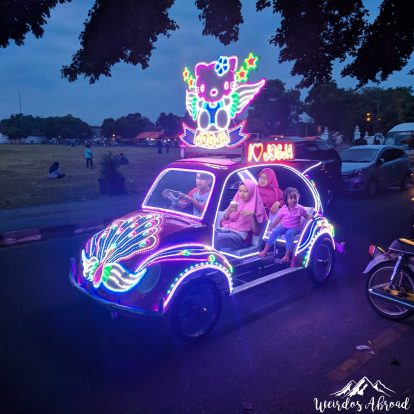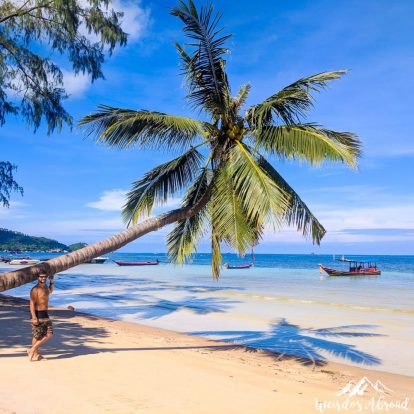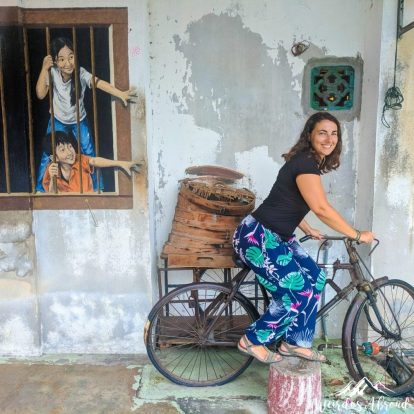Two temples in two days
We spent six full days in Yogyakarta, and took the opportunity to have some rest and visit the temples of ‘Jogja’ in a rather slow paced manner. The temple of Borobudur and the temple of Prambanan are not close to each other in terms of distance, so we have decided to visit the temples on two separate days, and it was worth it. For the visitors who are on a tight schedule, the visit can also be done in one day, but you would need to be ready for a day of driving and a lot of walking. However, sightseeing in Yogyakarta city centre does not require a lot of time. In our experience one to two days are sufficient for visiting the ‘cultural and artistic capital’ of Java island.
We managed to rent a scooter at our lovely hostel and ready ourselves for day one, the visit to the Temple of Borobudur. The drive is long and full of amazing scenery, it is definitely well worth it. On day two, we visited the Temple of Prambanan, which is a shorter motorbike ride, as it is actually located in the vicinity of the city. I will start explaining in detail the majesty of these places …
The Borobudur Temple
The Borobudur Temple compounds were built in the 9th century AD during the reign of the Shailendra Dynasty (also spelled Syailendra). It has been built in order to show the glory of the Dynasty and it comprises three temples: Borobudur, Mendut, and Pawon, with the Borobudur temple being the prominent one.
Getting to Borobudur
As I mentioned, we drove a motorbike from Yogyakarta to Borobudur. The driving here is not easy and smooth. Aside from the normal daily traffic, which is already quite heavy, some ‘parking officers’ set foot in the middle of the street in order to block the traffic for their client to get out of their parking.
Nevertheless, we chose to avoid the fast road which goes directly north, and ended up taking the streets in a zig-zag manner. We took the route of Kanoman village and it was definitely better in terms of traffic and scenery. We left the hostel at 9am, and after two hours of driving the motorbike, and a bit of adrenaline, we arrived at the magical Borobudur Temple.
Inside the temple
The Borobudur temple offers a perfect embodiment of the concept of the Universe in Buddhist cosmology. The ten mounting terraces of the entire structure correspond to the successive stages the Bodhisattva (an individual on the path to becoming a buddha) has to achieve before attaining Buddhahood (reaching enlightenment).
The pyramid is built in steps, consisting of ten superimposing terraces, crowned by a main stupa (large bell-shaped dome). The harmonious mix of the pyramid, with the stupas and the nature is what gives this temple its uniqueness. The temple contains many stupas, and each stupa consists of three parts: the lotus shape at the base called Padmasana, the middle part called Anda and the upper part called Harmika.
If I keep writing I might find you falling asleep, so please see the photos below:
The Prambanan Temple
Built between the 9th and 10th century, this is the largest temple compound dedicated to Shiva in Indonesia. Shiva is one of the principal deities of Hinduism and is the supreme being who creates. Shiva is the “destroyer of evil and the transformer” within the Trimurti, the Hindu trinity that includes Brahma and Vishnu.
Rising above the centre of the last of these concentric squares are three temples decorated with reliefs illustrating the epic of the Ramayana, dedicated to the three great Hindu divinities (Shiva, Vishnu and Brahma) and three temples dedicated to the animals who serve them.
Getting to Prambanan
We chose to drive the motorbike again for reaching Prambanan Temple and it was well worth it. Mainly due to the fact that we managed to reach the temples in the afternoon when not many people were actually visiting. The buses with tourists were on their way out at the time of us arriving.
Keep in mind that the Prambanan park is bigger than just the three temples that you find at the beginning of the tour. Many smaller temples and the ‘rocks graveyard’ are located in the back of the park and are rarely visited. We found these to be as important to visit as the main temples. Don’t forget to put on your comfy shoes! 😉
Inside the temple
Prambanan is the masterpiece of Hindu culture of the ninth-tenth century. The slim building soaring up to 47 meters makes its architecture incomparable and indistinguishable. The Prambanan Temple Compounds contains the original structures that were built in the 9th century AD.
The temples collapsed due to earthquakes on multiple occasions, volcanic eruption and a shift of political power in the early 11th century. They were rediscovered in the 17th century. These compounds have never been displaced or changed. Restoration works have been conducted since 1918, both in original traditional method of interlocking stone and modern methods using concrete to strengthen the temple structure. Even though extensive restoration works have been done in the past and as recently as after the 2006 earthquake, great care has been taken to retain the authenticity of the structures.
Just to summarize, these two temples are worth visiting and if you have seen one it does not mean you should skip the other. They are both unique and impressive in their own manner.
Next stop: the island of Bali, Indonesia.

